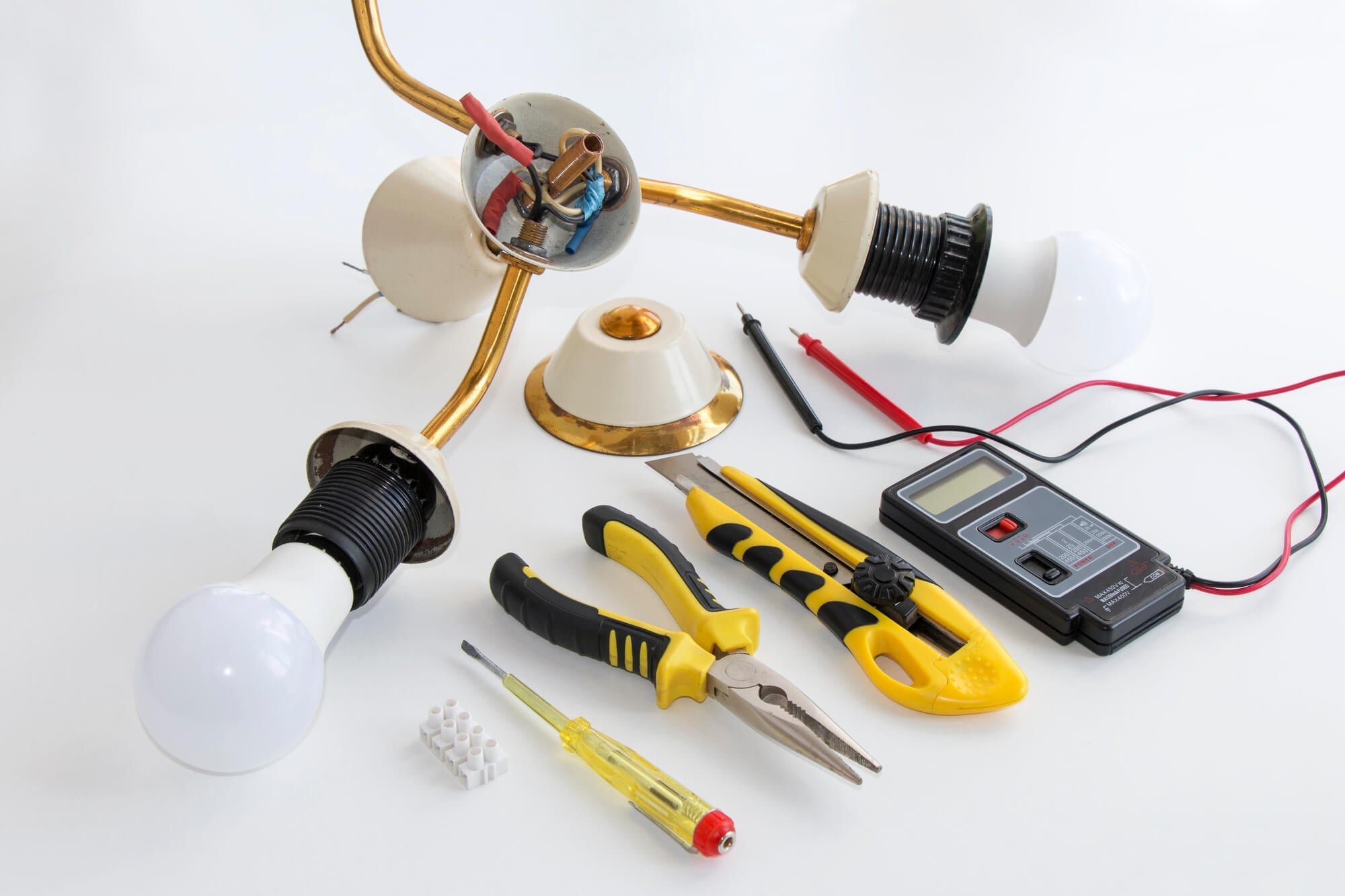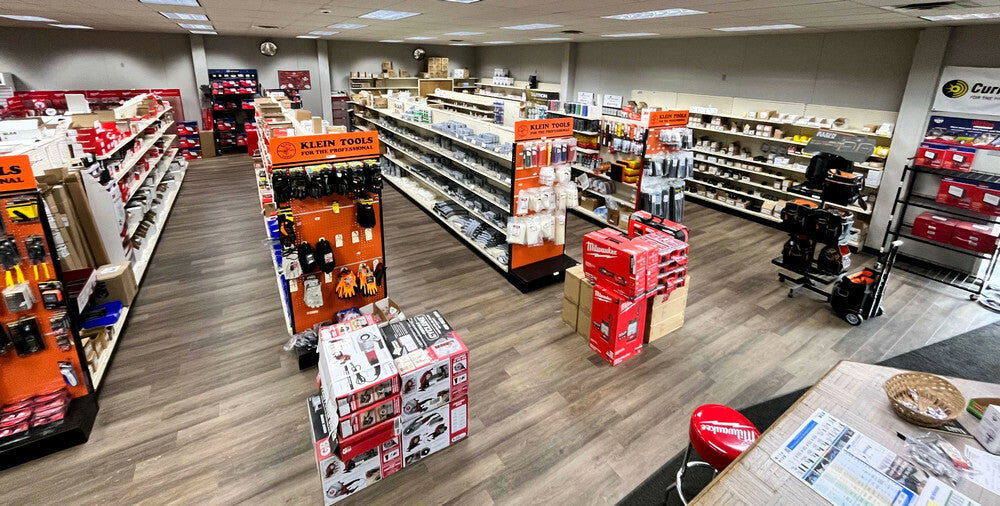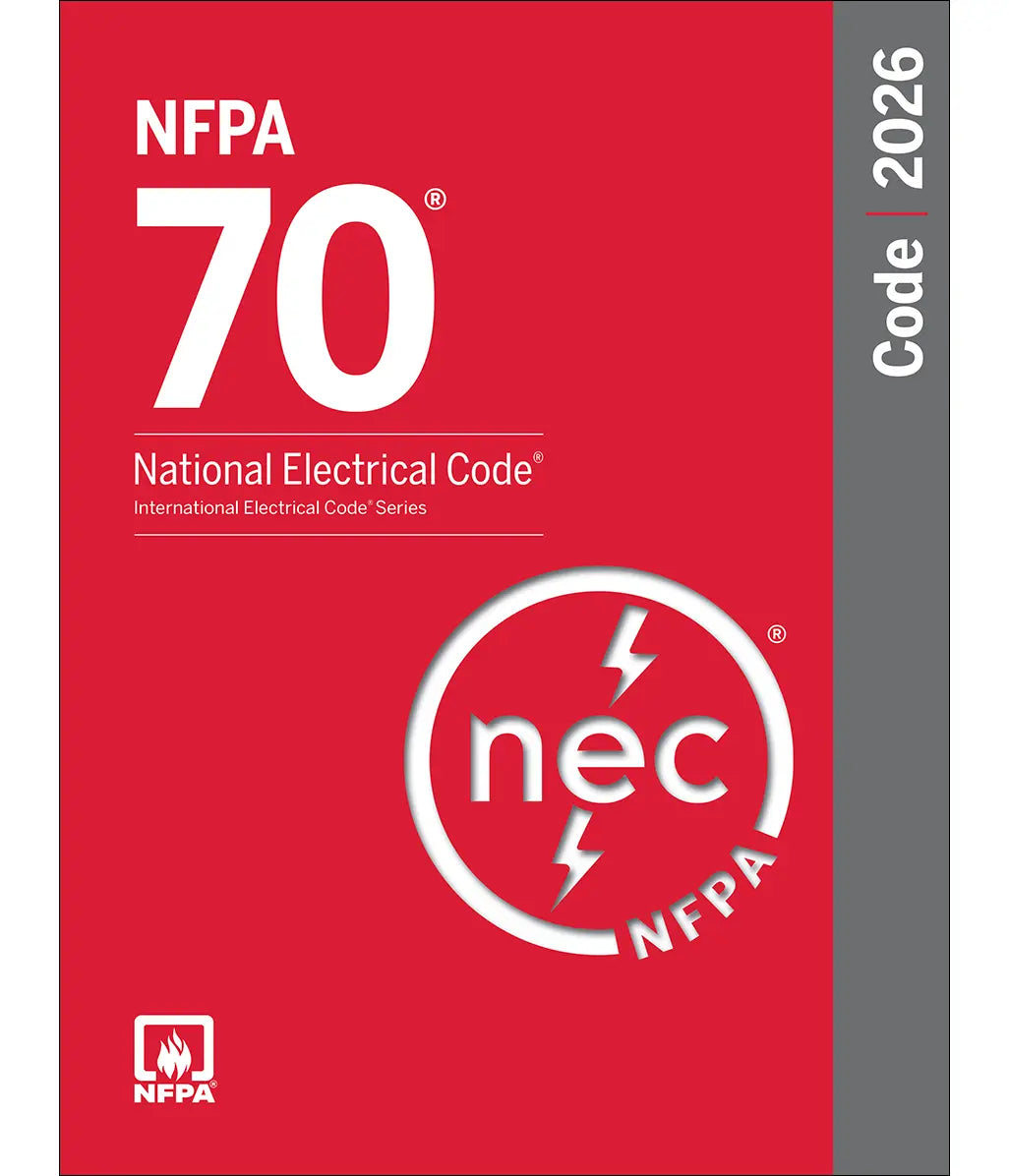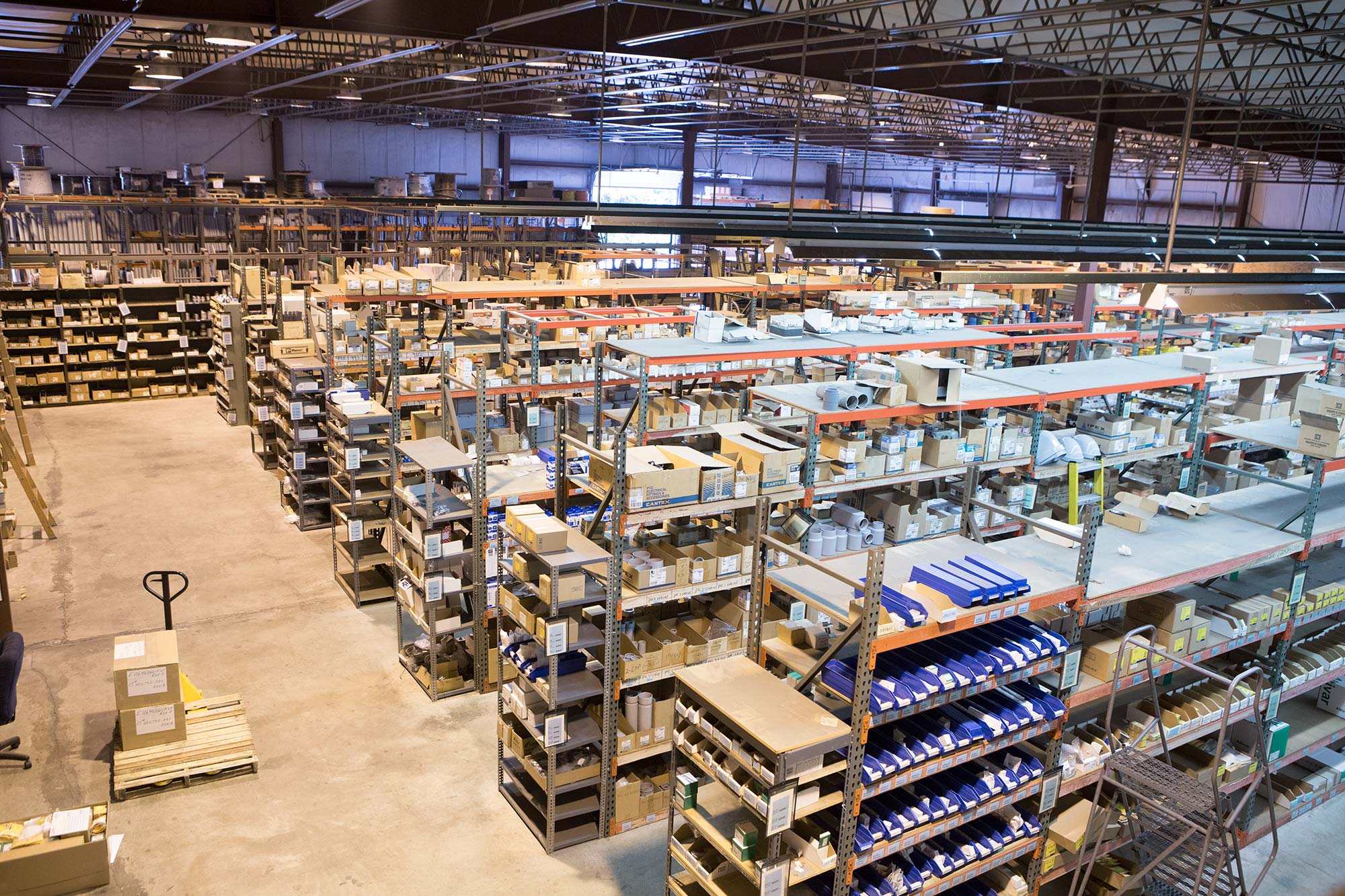In any electrical installation, choosing the right fittings is important for both safety and functionality. This guide covers a wide range of common electrical fittings types, each suited for specific applications and environments. Understanding these can assist you in creating robust electrical systems compliant with regulations and capable of handling the demands of your power distribution needs. But first, let’s find out what this term means.
What Are Electrical Fittings?
Electrical fittings are components used to connect, secure, and protect electrical wiring in various installations. They include a variety of items designed to work together to create safe and efficient electrical connections.
These fittings help in managing the flow of electricity, providing protection against short circuits and electrical hazards, and allowing for the organization of wiring within walls, ceilings, and other structures. Proper use and installation of electrical fittings are essential for maintaining the integrity and safety of electrical systems.
Conduits and Conduit Fittings
Conduits are protective tubes that house and protect electrical wires from external elements and interference. These are typically made from materials like steel, aluminum, or PVC and are essential in creating a safe electrical path.
Electrical conduit fittings connect these tubes to electrical boxes, enclosures, and other conduits. They include elbows, couplings, and connectors, which help in making turns or extending the conduit system without exposing the wires.
Junction Boxes
Junction boxes are enclosures that protect wire connections while providing a space for wires to split off in various directions. They come in different sizes and materials, suitable for specific environments and load requirements. These boxes play a role in preventing short circuits and electrical fires by keeping connections secure and covered.
Electrical Boxes
Similar to junction boxes, electrical boxes serve as meeting points for electrical wires. They host switches, outlets, and other electrical devices while providing a protective environment where wire connections are made. These boxes can be flush-mounted or surface-mounted depending on the installation requirements.
Cable Trays
Cable trays support insulated electrical cables used for power distribution and communication. They are common in industrial and commercial construction, providing cable protection and management in places with open wiring. They come in various types such as ladder, solid-bottom, trough, and channel types, each offering different levels of protection and ease of access.
Fittings for Flexible Conduits
Flexible conduits require specific fittings that can handle their adaptable nature. Fittings for flexible conduits include straight and angled connectors, usually made of brass or plastic, which help in securely attaching the conduit to electrical boxes and devices. These fittings are ideal for areas where rigid conduits are impractical due to structural barriers.
Weatherproof Boxes and Covers
In outdoor or moist environments, weatherproof boxes and covers keep electrical components dry and operational. These are designed to withstand elements like rain, snow, and humidity. Typical applications include exterior lighting and power outlets in residential and commercial settings.
Grounding Fittings
Grounding fittings provide safety in any electrical system, providing a safe path for electrical current in case of a short circuit. These fittings help to connect grounding wires to the grounding system effectively, ensuring that any fault current is safely directed towards the earth, thus preventing potential electric shock or fire.
Explosion-Proof Fittings
In industries where flammable gases or dust are present, explosion-proof fittings are an important part of electrical systems. These are designed to contain any sparks or flames that might occur, preventing them from igniting the surrounding atmosphere. Such fittings are typically made of robust, heavy-duty materials that can withstand extreme conditions.
Pulling Fittings
Pulling fittings, such as pull elbows and conduit bodies, are used where wires need to be pulled through a series of conduits. These fittings provide smooth internal surfaces that reduce the amount of force needed to pull the wire, minimizing the risk of damaging the wire insulation during installation.
Locknuts and Bushings
Locknuts and bushings are used to secure and protect the connections between conduits and electrical boxes. Locknuts tighten the connection, while bushings are inserted at the end of the conduit to prevent the sharp edges from cutting into the wires, providing an additional layer of safety.
Cable Glands
Cable glands secure and attach the end of an electrical cable to the equipment. They are used for strain relief and to connect cables to electrical devices, enclosures, or junction boxes, ensuring that the cables are securely fastened and protected from environmental factors.
Wire Connectors and Terminals
Wire connectors and terminals facilitate the connection of wires to devices and other wires. They come in various forms, such as butt connectors, ring terminals, or spade terminals, each designed to provide a reliable and secure connection in different electrical circuits.
Insulating Bushings
Insulating bushings protect wires from being damaged by the sharp edges of conduit ends. These bushings are typically made from plastic or rubber and are inserted into the ends of conduits where wires enter or exit.
This is particularly important in preventing the insulation on wires from being scraped, which could lead to shorts or electrical fires. Insulating bushings are a must in installations where multiple wires pass through a single conduit.
Conduit Hangers
Conduit hangers support and secure conduit pipes to walls or ceilings, maintaining structural integrity and alignment within various installations. These fittings keep conduits fixed in place, especially in environments where vibration or movement could dislodge loosely mounted conduits. They come in various sizes and materials, designed to accommodate different types of conduits and environmental conditions.
Cable Ties
Cable ties are versatile fittings used to bundle and secure cables and wires, keeping electrical installations neat and organized. They help maintain an orderly arrangement of wires, which facilitates easier maintenance and inspection while also enhancing safety by reducing the chance of loose wires causing shorts. Available in various lengths, strengths, and even materials (such as nylon or stainless steel), cable ties can be used across a broad range of applications, from residential DIY projects to complex industrial electrical systems.
Choosing the Best Fittings - Comprehensive Solutions from Sonic Electric
Whether you are upgrading an old system or designing a new project from scratch, the right fittings make all the difference in the world of electrical installations. Sonic Electric offers a wide range of high-quality electrical fittings and components suited for all types of environments and applications.
Our extensive inventory provides everything you need to meet the specific needs of any project. Our expert team is always ready to provide guidance and support, to help you choose the most appropriate fittings to balance safety, compliance, and performance in your electrical systems. With our support and high-quality products, you can execute every electrical project with the best fittings, guaranteeing long-term reliability and safety.






Share:
Types Of Electrical Panels: Which One Suits Your Needs
What’s Track Lighting?